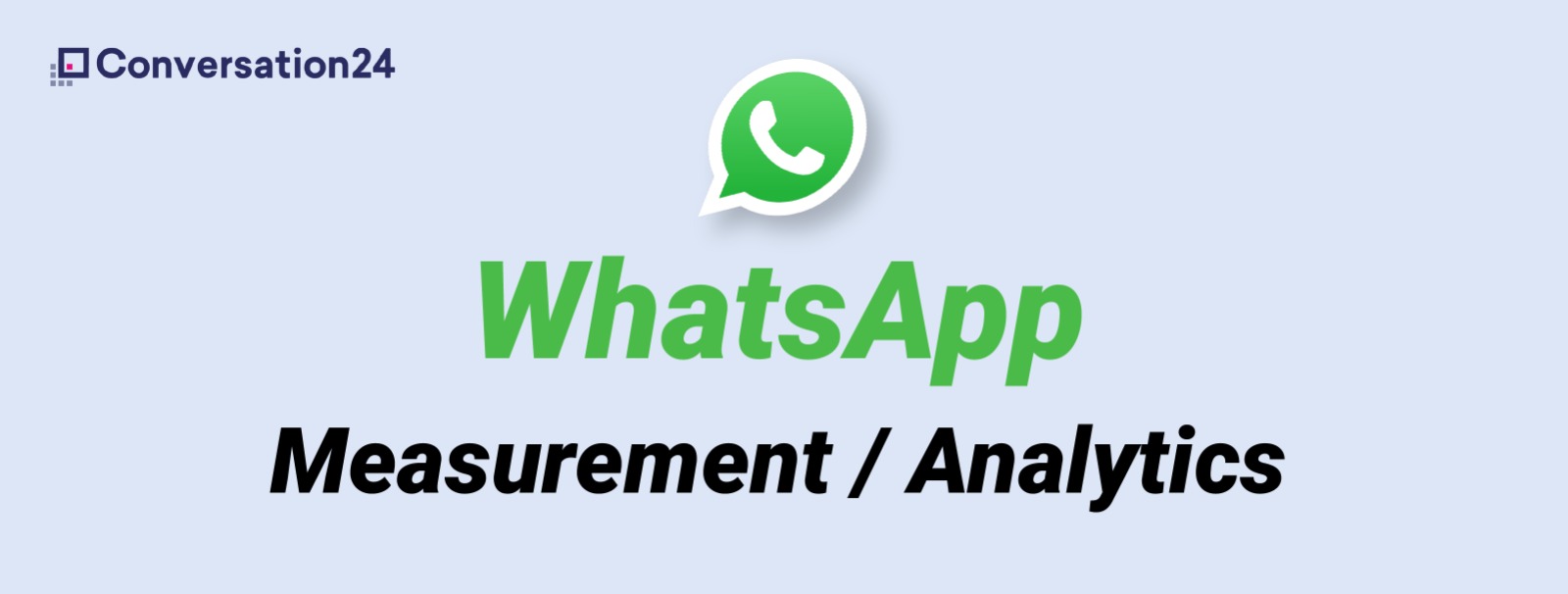Do you have an image of your customer in your head? Can you think about their objectives, wishes, and pain points? Have you already tried to trace their steps when browsing your webshop? Have you wondered why they chose to go through their customer journey at your eCommerce and not with a competitor’s webshop?
Understanding every step of the customer’s journey is crucial to identify which of your business’ strategies needs improvement. Therefore, crafting a customer journey map is helpful in terms of preventing crisis. You can use it as a reference to avoid certain issues and to know how to react when specific situations come up. Moreover, it is a great tool to enhance customer retention.
Are you curious to learn more about the definition of a customer journey map? And why it can be important for your customer service strategy? Then keep reading!
What Is a Customer Journey Map?
A customer journey map is a visual depiction of each interaction a customer has with a brand through their customer journey. As the name indicates, it is a way to map the customer’s experience as they advance over all the touchpoints between them and the company.
After a while, we get so used to our website that we can no longer check it as a first-time visitor. That’s the reason why a customer journey map can come in handy. To have some insights, you can seek inspiration from your personal experiences by browsing websites that you never visited before.
Just as a “classic” map, the goal is to make every piece of information clear and remove obstacles that may turn into hurdles for the customer. It is a way to ease their path through the sales process. Moreover, it helps you to identify areas that need improvement and enhance the customer experience as well.
Improve the Whole Customer Experience With Your Customer Journey Map
Creating a customer journey map is an exercise of empathy. By putting yourself at your customer’s place, you will have more substance to provide personalized experiences. Furthermore, you can use this map as a starting point to organize the order of tasks that you want to prioritize.
And what is best to get to know your customers better than messaging apps? Whether you are creating a customer journey map from scratch or redoing it, messaging apps are that one perfect tool able to assist customers from the first contact to sales.
Here are some touchpoints that might appear in your customer journey map and that can be both tracked and analyzed with a messaging app:
- Think about the first time a visitor lands on your webshop. Is the design of the page user-friendly? Can they find everything they look for? They will be delighted to have a live chat operator able to assist them if they have a question.
- Now imagine that this visitor chatted with a chat operator and made their final decision during the conversation. You can send a link directly, and the customer can pay without leaving the chat. If it sounds new to you, check out this article to learn more about conversational payments.
- Let’s imagine that another customer purchased a few items but got one article that didn’t fit well. They cannot find the designated area to fill the return form, even after the chat operator indicated how to do so. By activating the screen share option in your live chat software, problems like the one we described can be easily solved.
- What are your customer’s favorite channels? Do they interact with the brand over Social Media? Nowadays we have an extensive range of channels to pick from. We even recommend having more than one. So besides having a live chat and a chatbot service for your webshop, it might be interesting to use Facebook Messenger or WhatsApp Business as well.
Final Considerations
When we think about a city map, we know that street and neighborhood names don’t change from one day to another. However, the maps need updates from time to time. Maps do change as a new business opens its doors or moves to a new location.
The same goes for a customer journey map. Although you can rely on the first map you designed, it evolves according to customer feedback. After a careful analysis of the interactions between your brand and customers, it becomes easier to build loyalty with them and increase your sales by delivering an outstanding support service.
After all, as Zendesk’s report points out, nearly three out of five consumers report that good customer service is key for them to feel loyalty toward a brand.
The more you know about the customer’s behavior and expectations, the better you can connect with them. Connect with us to learn how to turn visitors into loyal customers!


